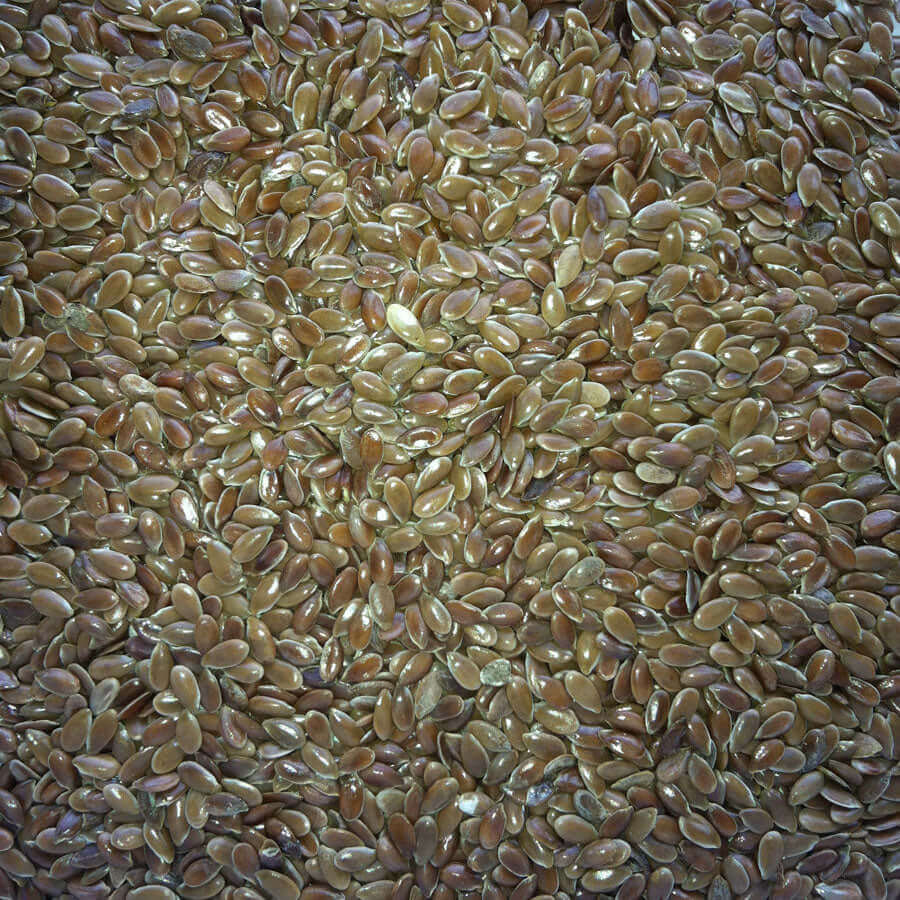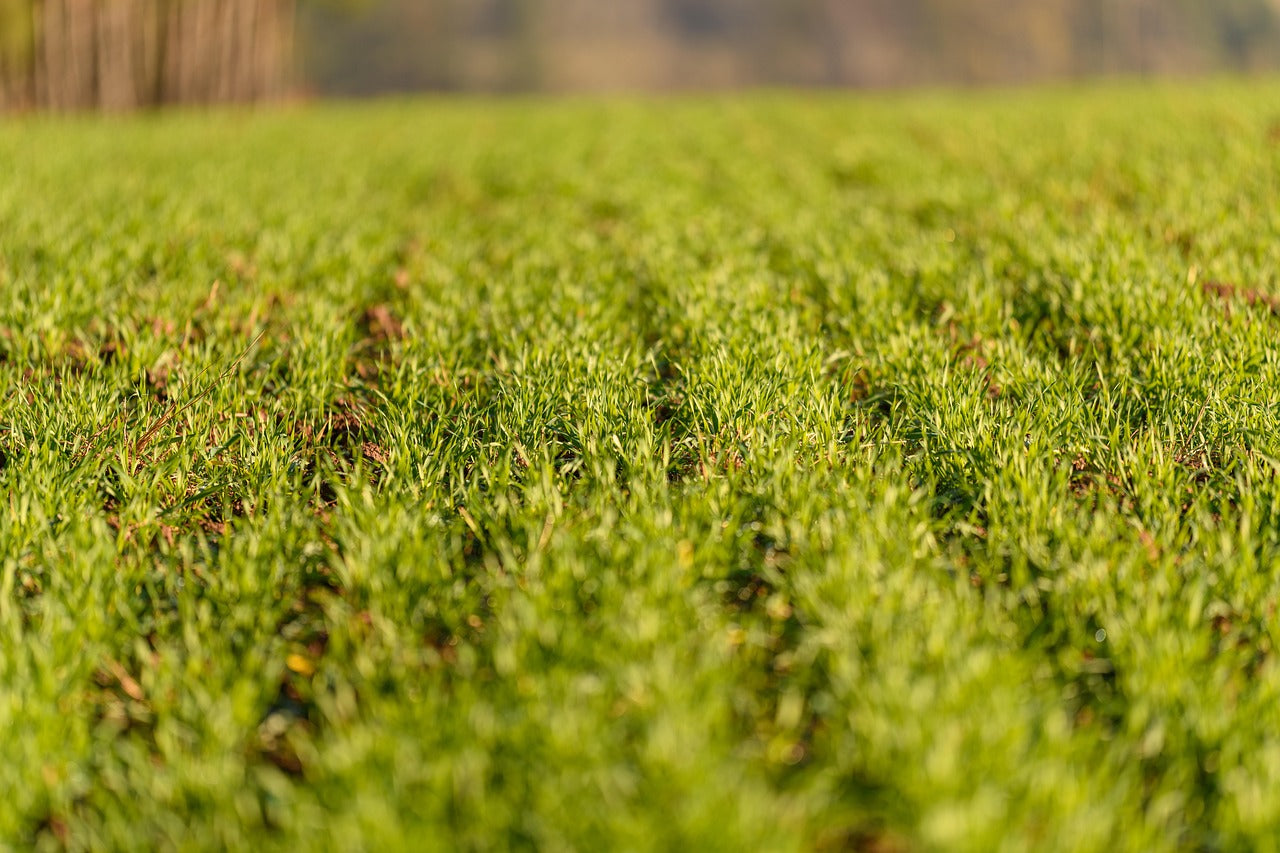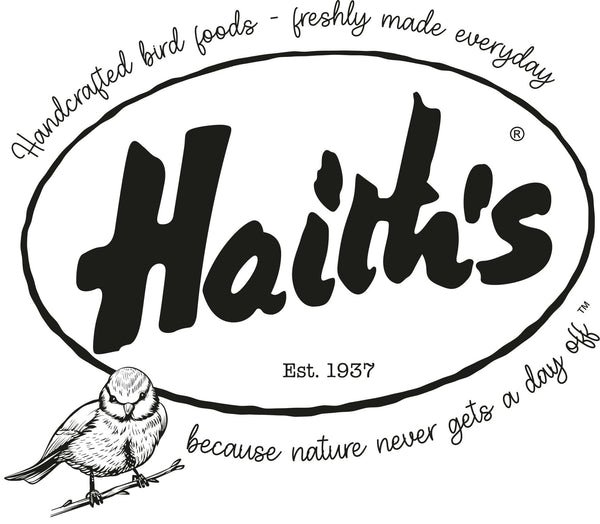Where and How Popular Cage & Aviary Bird Seeds Are Grown

When we fill our seed pots or mix up a fresh blend for our birds it’s easy to forget the fascinating journey those tiny seeds have taken. Every peanut, every grain of millet or linseed has been carefully cultivated, harvested, cleaned and prepared long before it reaches your birds’ bowls.

These seeds come from farms across the world, each one needing different climates and farming practices to grow well. In this guide, we’ll take a closer look at some of the most popular seeds used in cage and aviary diets – peanuts, millet, canary seed, safflower, niger seed and linseed – and explore where and how they are grown.
Peanuts
Peanuts are a firm favourite with larger cage and aviary birds, especially parrots,
cockatoos and macaws. Although we call them “nuts”, peanuts are actually legumes, more closely related to beans than tree nuts.
-

Where they are grown
Peanuts thrive in warm, sandy soils. They are widely grown in the United States, China, India, Argentina, Nigeria and other tropical or subtropical regions. For European bird diets, high-quality peanuts are often imported from Argentina.
-

How they are grown
The peanut plant is quite unique. It produces yellow flowers above ground, but after pollination, the fertilised flower stalk bends down and buries itself in the soil, where the peanuts develop underground. This unusual process is known as “pegging”. After around five months of warm growing conditions, the plants are pulled from the ground and left to dry in the sun. The peanuts are then separated, cleaned and graded. For use in bird diets, only high-quality peanuts are selected, and strict checks are carried out to ensure they are free from aflatoxin, a naturally occurring mould that could be harmful to birds.
Peanuts are loved by parrots and larger hookbills, offering both a nutritious snack and a stimulating food item that encourages natural foraging.
Millet
Millet is one of the most popular staples in cage and aviary diets, particularly for
budgerigars, canaries, finches and cockatiels. Its small size and mild flavour
make it easy for even the tiniest birds to eat.
-

Where it is grown
Millet grows well in hot, dry climates. Major producers include India, China, Nigeria, Niger and the United States. Within Europe, some millet is also grown in countries like Ukraine.
-

How is it grown
Millet is a grass crop grown from seed in spring or early summer. Within a few months, it develops brush-like heads full of small, round grains. Because millet tolerates drought, it is an important and sustainable crop in many regions. Once ripe, the seed heads are harvested, threshed and cleaned. The two most common types used for cage birds are white millet, a soft, palatable seed much loved by finches and budgerigars, and red millet, which has a slightly tougher husk and is often included in mixed seed diets for variety.
Millet sprays, where the entire seed head is offered, are also a popular treat for cage birds, providing both nutrition and enrichment.
Canary Seed
Canary seed has long been a staple for canaries, but it is equally enjoyed by finches, budgerigars and many other small birds. Its soft, easy-to-husk grains are ideal
for birds with delicate beaks.
-

Where it is grown
The crop originally comes from the Mediterranean, but today the largest producer is Canada, which supplies much of the canary seed used worldwide. It is also grown in Argentina, Hungary and Mexico.
-

How it is grown
The plant looks much like a tall grass. It is planted in spring, grows through the summer, and produces clusters of small, brownish seed heads. After harvest, the seeds are dried and cleaned. In recent years, “hairless” canary seed varieties have been developed, making processing safer and ensuring a high-quality seed that’s perfect for cage and aviary birds.
Canary seed is often used as a base in mixed diets, thanks to its light, digestible nature.
Safflower
Safflower is a thistle-like plant with bright, spiny flowers. Its seeds are an excellent
source of energy and are particularly suitable for larger birds such as cockatoos, African greys and macaws.
-

Where it is grown
Safflower is cultivated in warm, dry regions such as the United States, Mexico, India, Kazakhstan and parts of the Middle East.
-

How it is grown
The crop is sown in spring and grows into bushy plants up to a metre tall. In summer, they produce brilliant orange, red or yellow flowers, which then form seed heads containing the edible white seeds. The seeds resemble small sunflower seeds, but they are more oval in shape and harder-shelled. This toughness makes them an engaging food for parrots, who enjoy cracking them open, while smaller birds tend to ignore them.
For cage and aviary diets, safflower is often used in place of sunflower seeds, providing similar nutrition but with less oil and fat.
Niger Seed
Niger seed (sometimes called “nyjer” or incorrectly “thistle seed”) is a tiny, black,
oil-rich seed. It is a favourite with small finches such as siskins and goldfinches in the wild, but also highly valued for aviary finches like Bengalese, zebra finches and Gouldians.
-

Where it is grown
Niger seed is mainly cultivated in Ethiopia, India and Myanmar. Ethiopia in particular has a long tradition of growing niger for both export and for pressing into cooking oil.
-

How it is grown
The niger plant is slender and produces delicate yellow flowers. After flowering, small black seeds develop, which are harvested and dried. Because niger seed is so light and oily, it undergoes heat treatment before export. This ensures that it cannot germinate during transport and storage, and also guarantees cleanliness and quality.
In cage and aviary settings, niger seed is often offered in specialised feeders or mixed with other fine seeds to suit small finches. Its high oil content makes it a valuable source of energy.
Linseed
Linseed, also known as flaxseed, is highly nutritious and particularly beneficial during
moulting, thanks to its omega-3 content which helps maintain healthy skin and
feathers. It is often included in mixed diets for canaries, finches and budgerigars.
-

Where it is grown
Linseed grows best in temperate regions. Canada is the world’s largest producer, with other major growing areas in Russia, China, Kazakhstan and parts of Europe, including France and the UK.
-

How it is grown
The flax plant has slender stems and produces delicate blue or white flowers. After flowering, round seed capsules form, each containing several glossy brown or golden seeds. Once harvested, the seeds are separated, dried and cleaned. As well as being used in bird diets, linseed is widely valued in human foods and for producing linseed oil.
For cage and aviary birds, linseed is a useful addition to seed mixes, supporting plumage condition and overall vitality.

A Global Harvest for Your Birds
From the underground peanuts of Argentina to the delicate niger plants of Ethiopia, each seed in your birds’ diet has its own remarkable story. Farmers around the world carefully cultivate, harvest and prepare these crops so that your canaries, budgies, finches and parrots can enjoy a balanced and varied diet. By understanding where and how these seeds are grown, it’s easier to appreciate the care that goes into every blend. The next time you fill your birds’ seed pots, you’ll know you’re offering them the result of centuries of farming knowledge, brought together from across the globe.












